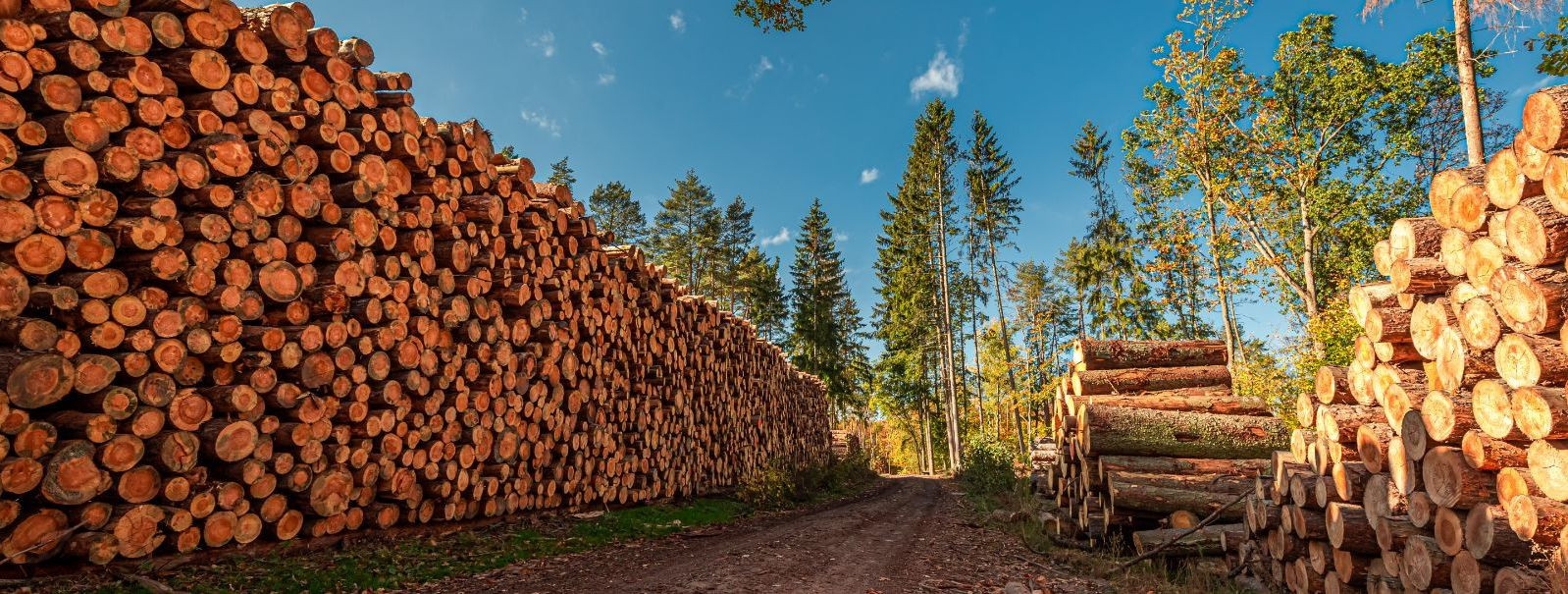5 essential tips for sustainable forest management
Forests are vital to our planet's health, providing essential ecosystem services such as carbon sequestration, biodiversity conservation, and water cycle regulation. Sustainable Forest Management (SFM) is the practice of managing forest resources to meet the needs of the present without compromising the ability of future generations to meet their own needs. SFM combines the conservation of forest biodiversity with the sustainable use of its resources, ensuring that forests continue to deliver their valuable services while also contributing to rural livelihoods and national economies.
Tip 1: Implementing Comprehensive Planning and Assessment
A well-structured forest management plan is the cornerstone of SFM. It outlines the long-term objectives for the forest, including conservation goals, timber production, and community involvement. The plan should be based on a thorough understanding of the forest's characteristics, such as its species composition, soil types, and water resources.
Environmental Impact Assessments (EIAs) are crucial for identifying potential negative effects of forestry activities on the environment. Regular EIAs help in adapting management practices to mitigate these impacts and ensure the forest's ecological integrity is maintained.
Tip 2: Adopting Best Practices in Silviculture
Selecting the appropriate tree species for planting is essential for the success of reforestation efforts. Species should be chosen based on their adaptability to local conditions, resistance to pests and diseases, and their contribution to biodiversity.
Thinning and selective harvesting are silvicultural practices that promote forest health and productivity. These techniques help in managing light and space within the forest, which encourages the growth of desired tree species and reduces the risk of disease and fire.
Tip 3: Protecting Forest Health and Biodiversity
Continuous monitoring of forest health is vital for early detection of any issues such as pest infestations or disease outbreaks. Effective monitoring can help in taking timely actions to prevent widespread damage.
Integrated Pest Management (IPM) strategies should be employed to manage forest pests and diseases. IPM focuses on the long-term prevention of pests or their damage through a combination of techniques such as biological control, habitat manipulation, and the use of resistant varieties.
Tip 4: Ensuring Social and Economic Sustainability
Involving local communities in forest management decisions can lead to more sustainable and equitable outcomes. Community-based forestry initiatives empower local populations, promote stewardship, and can provide economic benefits through sustainable livelihoods.
Forests can provide a range of products and services beyond timber, such as non-timber forest products (NTFPs) and ecotourism opportunities. Developing markets for these products can contribute to the economic sustainability of forest management while reducing the pressure on timber resources.
Tip 5: Embracing Technology and Innovation
Advancements in technology, such as remote sensing, GIS, and drone surveillance, have revolutionized forest management. These tools provide accurate data for planning and monitoring, making forest management more efficient and effective.
Innovation in forestry practices, such as continuous cover forestry, agroforestry, and rewilding, can enhance the sustainability of forest management. These practices aim to mimic natural processes and create more resilient forest ecosystems.






Comments (0)